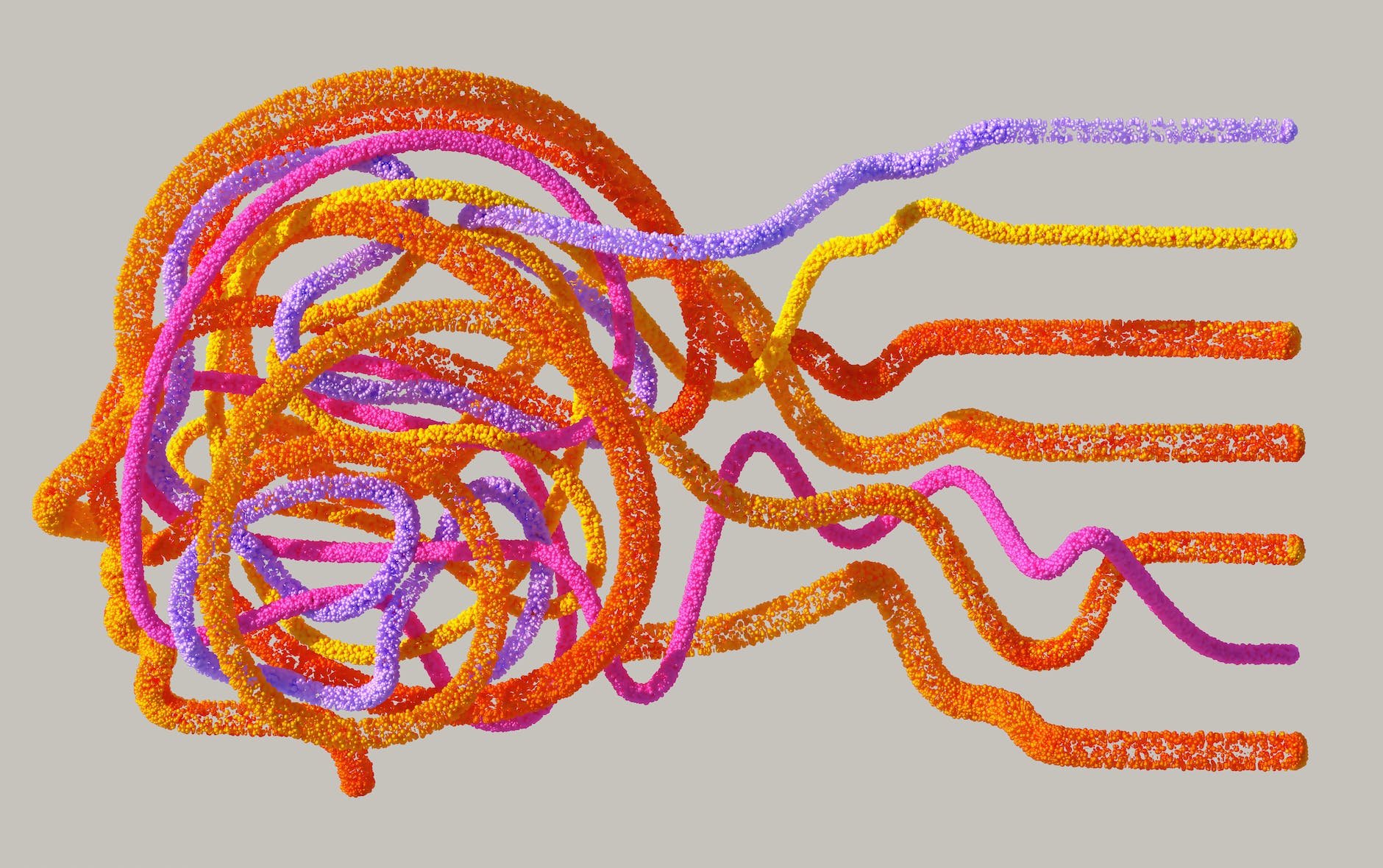Introduction
The monetary system is the lifeblood of any economy, facilitating transactions, enabling trade, and serving as a measure of value. However, like any system, it is not without its flaws. This article delves into the intricacies of the monetary system, highlighting its flaws and discussing potential avenues for reform. Drawing from insights shared in a thought-provoking talk, we aim to provide a well-rounded understanding of the current state of our monetary system.
The Role of Private Banks in Money Creation
One of the most significant yet least understood aspects of our monetary system is the role of private banks in money creation. Contrary to popular belief, private banks create 97% of the entire money supply digitally, based on debt. This raises critical questions about the control and distribution of wealth in society.
Banks have the unique ability to create money every time they issue a loan. In essence, debt is money from a different point of view. This process of money creation is not merely an exchange of existing money but the creation of brand-new money. Banks profit from this through the interest they charge on these loans, leading to a cycle of debt and property bubbles.
The Risks of Unchecked Money Creation
The power to create money, if unchecked, can lead to significant risks. Banks can create infinite amounts of money with no reserves and gamble with customers’ deposits through investments in financial instruments such as derivatives and securities. This practice can lead to systemic failures and risk the collapse of the entire global monetary system if the debt cannot be paid back.
Moreover, the money created by private banks through loans is essentially debt that must be paid back by taxpayers in the future. This debt burden can have far-reaching implications for the economy and society at large.
The Moral Hazard in Banking
An often-overlooked aspect of banking is the legal ownership of consumer deposits. Banks legally own these deposits and can spend and gamble them, creating a moral hazard. This situation often leads to the need for central bank intervention in the form of quantitative easing, further complicating the monetary system.
Wealth Inequality and Economic Impacts
The flaws in the monetary system have significant economic impacts, particularly in terms of wealth inequality. Central bank intervention has caused the stock market to become disconnected from the real economy, leading to wealth inequality and inflation in housing prices and stock markets.
The debt-based system, extreme financialization, moral hazards, and the Cantillon effect are causing massive wealth inequality. The Cantillon effect refers to the change in relative prices resulting from a change in money supply. The first recipients of the new supply of money see their incomes rise relative to those who receive the money later or not at all. This effect is a primary driver of wealth inequality in today’s economy.
Final Thoughts
Understanding the flaws of the monetary system is the first step towards meaningful reform. The current system, characterized by unchecked money creation by private banks, moral hazards, and wealth inequality, is unsustainable in the long run. As we move forward, it is crucial to explore new models and approaches that ensure a more equitable and sustainable monetary system. This exploration will require concerted efforts from policymakers, economists, and society at large. The journey towards reform may be challenging, but the promise of a more equitable and stable monetary system makes it a journey worth undertaking.



